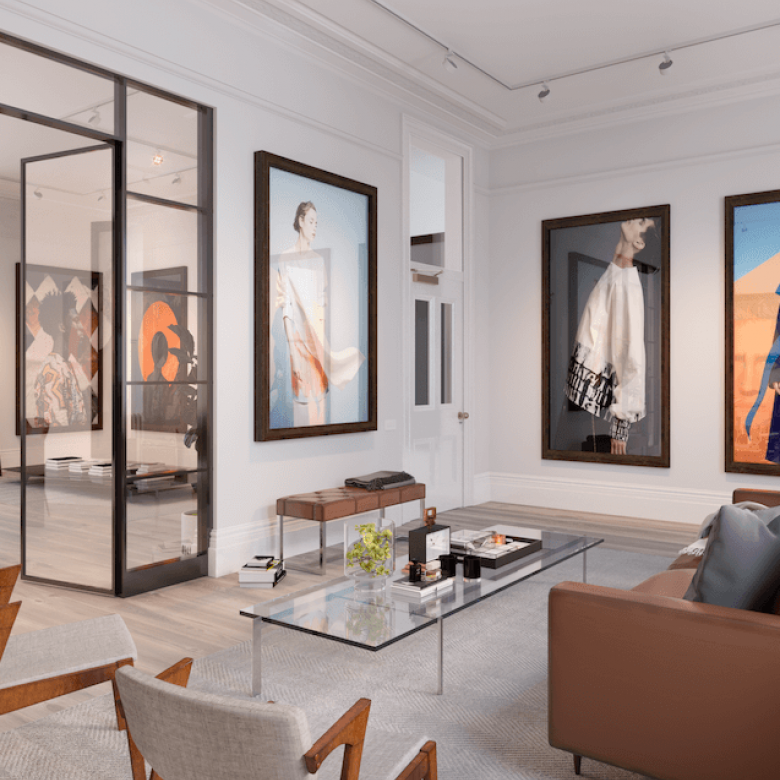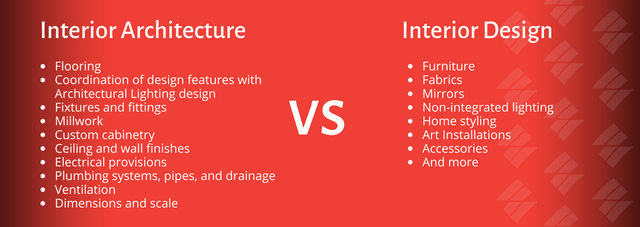Modern Hampshire Architects Specializing in Sustainable Homes
Modern Hampshire Architects Specializing in Sustainable Homes
Blog Article
The Art of Balance: How Interior Design and Home Engineer Collaborate for Stunning Results
In the realm of home style, striking a balance in between looks and functionality is no tiny accomplishment. This delicate stability is achieved via the harmonious cooperation between indoor developers and architects, each bringing their one-of-a-kind know-how to the table. The result? Areas that are not just visually magnificent yet likewise exceptionally livable. Nonetheless, this ideal mix is not always simple to acquire. Stay with us as we check out the intricacies of this collective procedure and its transformative effect on home layout.
Comprehending the Core Differences In Between Interior Design and Home Architecture
While both indoor design and home style play important functions in developing visually pleasing and practical rooms, they are inherently various techniques. It deals with the 'bones' of the framework, functioning with spatial measurements, load-bearing wall surfaces, and roofing system layouts. On the other hand, indoor style is a lot more concerned with improving the visual and sensory experience within that structure.
The Synergy In Between Home Design and Interior Design
The synergy between home architecture and Interior Design hinges on a shared vision of style and the improvement of practical aesthetics. When these two fields straighten sympathetically, they can transform a home from ordinary to phenomenal. This collaboration calls for a deeper understanding of each technique's concepts and the capacity to produce a natural, visually pleasing atmosphere.
Unifying Style Vision
Linking the vision for home design and Interior Design can create a harmonious space that is both useful and visually pleasing. The balance starts with an incorporated way of thinking; engineers and interior designers work together, each bringing their competence. This unison of ideas develops the design vision, a plan that guides the job. This common vision is essential for consistency throughout the home, guaranteeing a fluid shift from exterior design to indoor areas. It advertises a collaborating approach where architectural elements complement Interior Design components and the other way around. The outcome is a natural home that mirrors the homeowner's taste, way of living, and individuality. Therefore, unifying the style vision is essential in blending architecture and Interior Design for spectacular results.
Enhancing Useful Appearances
How does the synergy in between home style and interior style boost functional aesthetic appeals? Engineers lay the groundwork with their structural layout, ensuring that the space is efficient and useful. An engineer could design a home with high ceilings and huge windows.
Relevance of Cooperation in Creating Balanced Spaces
The collaboration in between indoor developers and designers is essential in developing well balanced areas. It brings consistency between style and design, bring to life spaces that are not only aesthetically pleasing but also useful. Discovering effective collective methods can provide insights into just how this harmony can be successfully accomplished.
Balancing Design and Style
Balance, a crucial aspect of both interior layout and architecture, can only truly be achieved when these two fields job in harmony. This collective procedure results in a natural, balanced design where every component contributes and has a purpose to the general visual. Integrating design and architecture is not just regarding developing gorgeous areas, however concerning crafting rooms that function seamlessly for their residents.
Successful Collective Methods

Instance Studies: Successful Combination of Style and Design
Checking out numerous instance research studies, it emerges how the successful assimilation of Interior Design and design can change read more a space. The Glass House in Connecticut, renowned for its minimalistic style, is one such example. Architect Philip Johnson and interior developer Mies van der Rohe teamed up to develop a harmonious balance between the inside and the structure, leading to a seamless circulation from the outside landscape to the internal living quarters. Another exemplar is the Fallingwater Home in Pennsylvania. Designer Frank Lloyd Wright and interior designer Edgar Kaufmann Jr.'s collective initiatives lead to a strikingly distinct residence that mixes with its natural environments. These situation research studies underline the extensive influence of an effective design and design cooperation.

Overcoming Difficulties in Design and Style Collaboration
In spite of the undeniable benefits of a successful cooperation in between Interior Design and style, it is not without its obstacles. Interaction concerns can arise, as both events might make use of various terms, understandings, and techniques in click here their work. This can result in misunderstandings and delays in job conclusion. One more major challenge is the balancing act of visual appeals and functionality. Architects might focus on structural integrity and safety and security, while designers concentrate on comfort and design. The assimilation of these purposes can be complicated. Furthermore, budget and timeline restraints usually include pressure, potentially creating rifts in the click here collaboration. Effective interaction, mutual understanding, and concession are vital to conquer these obstacles and accomplish a harmonious and effective collaboration.

Future Trends: The Developing Relationship Between Home Architects and Interior Designers
As the globe of home layout remains to progress, so does the connection between engineers and indoor designers. The trend leans towards an extra collaborative and integrated technique, damaging devoid of typical functions. Designers are no longer only concentrated on structural honesty, however also involve in improving aesthetic allure - Winchester architect. On the other hand, interior developers are accepting technological elements, influencing total design and functionality. This advancing symbiosis is driven by advancements in modern technology and the expanding need for spaces that are not just visually pleasing yet lasting and likewise sensible. The future guarantees an extra cohesive, cutting-edge, and adaptive method to home design, as developers and engineers remain to obscure the lines, fostering a connection that truly symbolizes the art of equilibrium.
Verdict
The art of balance in home design is accomplished with the unified cooperation between interior designers and architects. An understanding of each other's self-controls, efficient interaction, and shared vision are crucial in creating visually sensational, practical, and welcoming rooms. Regardless of obstacles, this collaboration cultivates development and innovation in design. As the relationship between home architects and interior designers develops, it will continue to shape future trends, enhancing convenience, performance, and individual expression in our space.
While both interior layout and home style play necessary functions in producing cosmetically pleasing and useful areas, they are inherently different techniques.The harmony between home architecture and indoor style lies in a shared vision of layout and the improvement of functional appearances.Combining the vision for home architecture and indoor style can create an unified living area that is both functional and cosmetically pleasing. Therefore, unifying the design vision is crucial in mixing architecture and indoor style for sensational results.
Just how does the synergy between home design and interior layout enhance useful looks? (Winchester architect)
Report this page